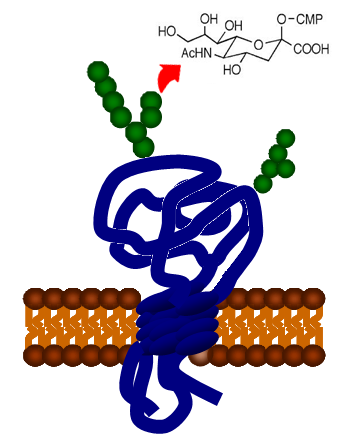Team:NYMU-Taipei/Project/Receptor
From 2009.igem.org
(Difference between revisions)
Trinitro930 (Talk | contribs) (→Signal Transduction) |
Trinitro930 (Talk | contribs) (→Signal Transduction) |
||
| Line 28: | Line 28: | ||
[[Team:NYMU-Taipei/Project/Signal Transduction|Signal Transduction]] | [[Team:NYMU-Taipei/Project/Signal Transduction|Signal Transduction]] | ||
| - | [[Image:NYMU Button--signal transduction.png|500px|]] | + | [[Image:NYMU Button--signal transduction.png|none|500px|]] |
== Testing == | == Testing == | ||
[[Team:NYMU-Taipei/Project/Receptor/Experiments|Experiments]] | [[Team:NYMU-Taipei/Project/Receptor/Experiments|Experiments]] | ||
Latest revision as of 03:51, 22 October 2009
| Home | Project Overview: | Chassis | Receptors | Removal | Experiments and Parts | F.A.Q | About Us |
The Receptors section is split into three subsections:
- the virus receptors we used to bind to various viruses,
- the autotransporter secretion system.
- the signal transduction system.
Contents |
Viral Receptors
We designed and engineered four different receptors to bind viruses:
| CD4 (for binding HIV) | Integrin (for binding various viruses) | Sialic Acid (for binding influenza) | The scFv Antibody (for binding influenza) |
The Autotransporter Secretion System
The Autotransporter system.
Signal Transduction
When the virus binds, a Signal is transduced to downstream.
 "
"





